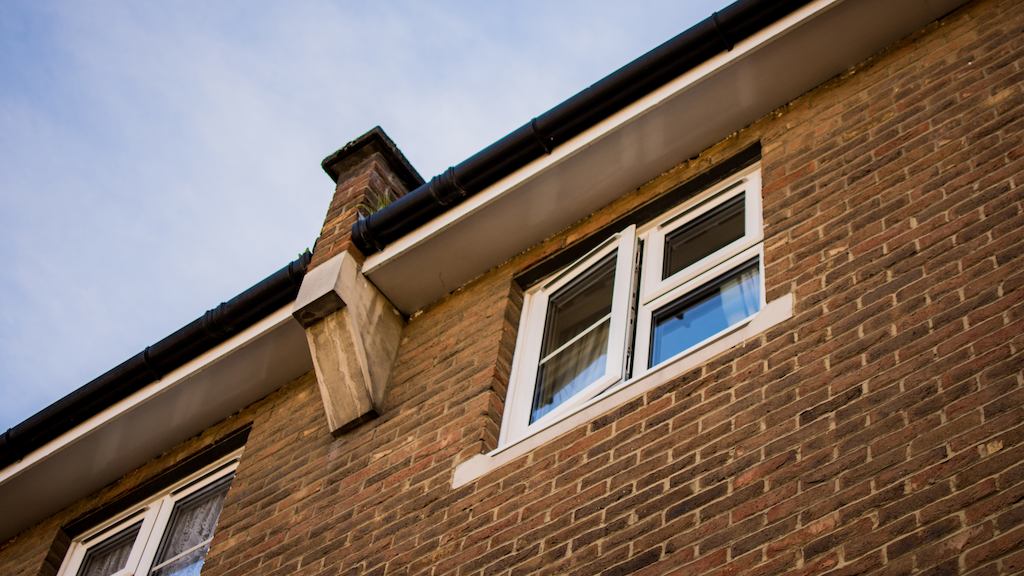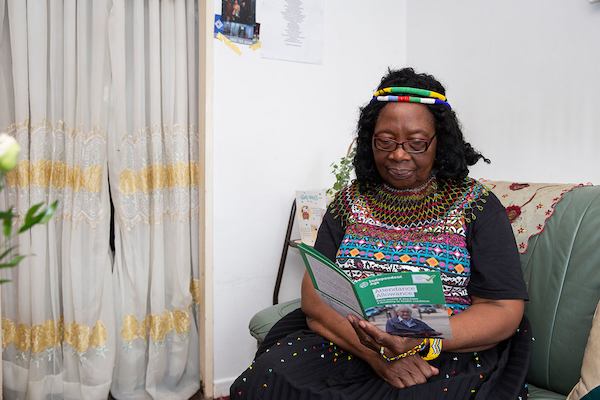I have been campaigning for better homes for a number of years now. In that time, I have visited people who are enduring the most unimageable conditions every day of their lives in the place they should be able to call a sanctuary and shelter from the outside world. Homes where damp and black mould have spread across entire walls to the extent it is harder to spot the dry patches than the damp.
I have met with people who have had sewage flooding through their homes. I have seen people living in homes in terrible states of disrepair, where fixtures and fittings are unstable and falling off, where whole rooms are abandoned because they are uninhabitable. This was also the upbringing I endured, living in a house that was not fit for purpose.
This is what a housing crisis looks like. It is one of the great issues of our time and yet still fails to receive a solution that matches the scale of the problem. Nearly 8 million people in England are living in homes that are cold, need repair, or have serious hazards. For many, living in a dangerous home will have a substantial impact on their quality of life. For some, their home will kill them. I’ve seen from my own experience how poor housing can harm the health of the people you love.
Respiratory diseases, congestive heart failure, lung conditions such as asthma, heart disease and neurological disease. People living with these conditions have little hope of recovery if living in poor-quality housing. The damp, water leaks, bad condensation, electrical problems, rot and decay, and excess cold of poor-quality housing will only cause such conditions to deteriorate. Quickly.
Living in poor-quality housing, and feeling like you are powerless to protect yourself and your loved ones from its negative impact, can have terrible repercussions on people’s mental health. There are a variety of cruel ways in which living in poor-quality housing might push you under. The people who endure the sufferings of poor-quality housing are the vulnerable, the voiceless and the marginalised.


